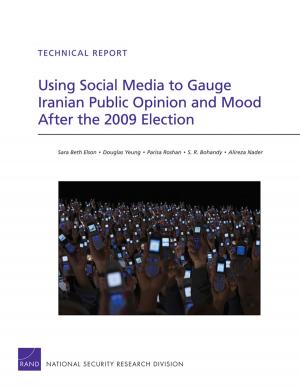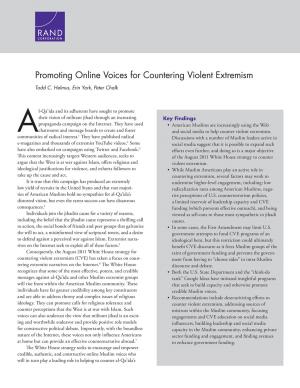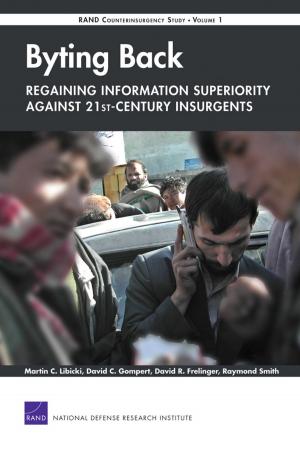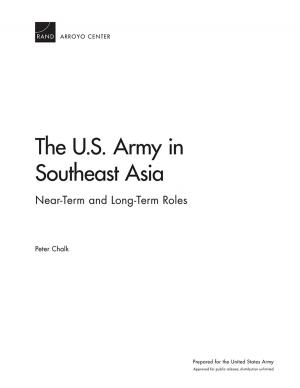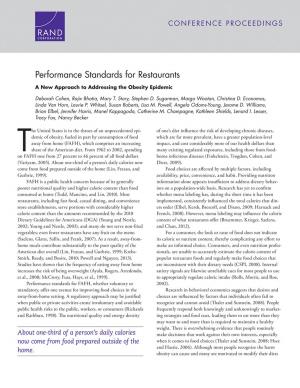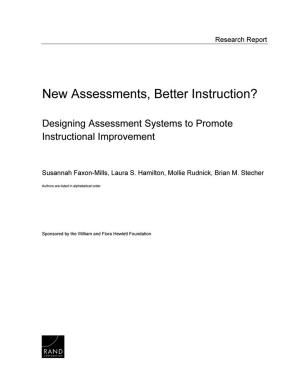Counterinsurgency in Afghanistan
RAND Counterinsurgency Study--Volume 4
Nonfiction, Science & Nature, Technology, Military Science, Social & Cultural Studies, Political Science, International, International Security, International Relations| Author: | Seth G. Jones | ISBN: | 9780833045201 |
| Publisher: | RAND Corporation | Publication: | May 30, 2008 |
| Imprint: | RAND Corporation | Language: | English |
| Author: | Seth G. Jones |
| ISBN: | 9780833045201 |
| Publisher: | RAND Corporation |
| Publication: | May 30, 2008 |
| Imprint: | RAND Corporation |
| Language: | English |
This study explores the nature of the insurgency in Afghanistan, the key challenges and successes of the U.S.-led counterinsurgency campaign, and the capabilities necessary to wage effective counterinsurgency operations. By examining the key lessons from all insurgencies since World War II, it finds that most policymakers repeatedly underestimate the importance of indigenous actors to counterinsurgency efforts. The U.S. should focus its resources on helping improve the capacity of the indigenous government and indigenous security forces to wage counterinsurgency. It has not always done this well. The U.S. military-along with U.S. civilian agencies and other coalition partners-is more likely to be successful in counterinsurgency warfare the more capable and legitimate the indigenous security forces (especially the police), the better the governance capacity of the local state, and the less external support that insurgents receive.
This study explores the nature of the insurgency in Afghanistan, the key challenges and successes of the U.S.-led counterinsurgency campaign, and the capabilities necessary to wage effective counterinsurgency operations. By examining the key lessons from all insurgencies since World War II, it finds that most policymakers repeatedly underestimate the importance of indigenous actors to counterinsurgency efforts. The U.S. should focus its resources on helping improve the capacity of the indigenous government and indigenous security forces to wage counterinsurgency. It has not always done this well. The U.S. military-along with U.S. civilian agencies and other coalition partners-is more likely to be successful in counterinsurgency warfare the more capable and legitimate the indigenous security forces (especially the police), the better the governance capacity of the local state, and the less external support that insurgents receive.





